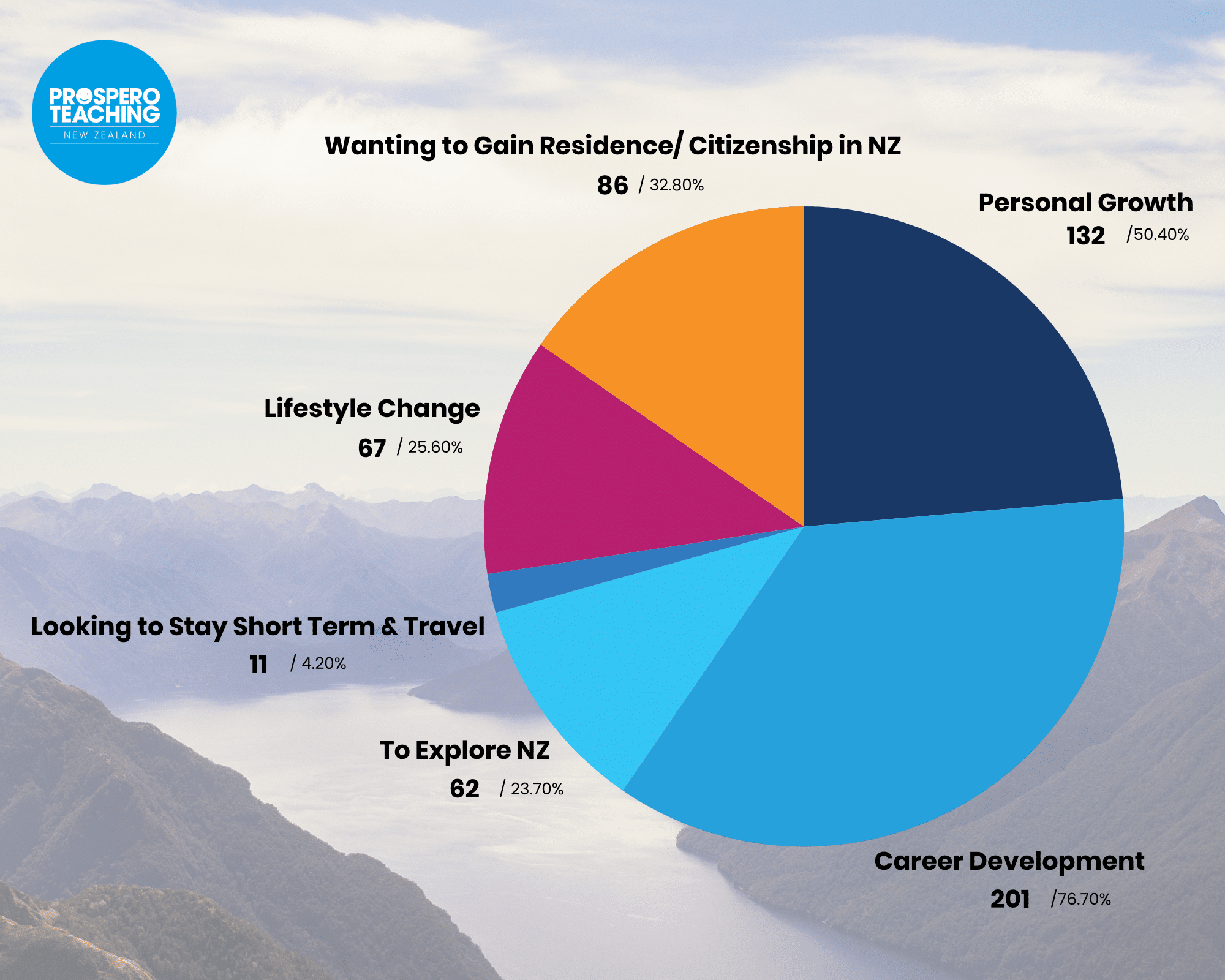Over the years, there have been many definitions of dyslexia, but the one that seems to be universally accepted is as follows:
“Dyslexia is a learning difficulty that primarily affects the skills involved in accurate and fluent word reading and spelling. Characteristic features of dyslexia are difficulties in phonological awareness, verbal memory and verbal processing speed. Dyslexia occurs across the range of intellectual abilities. It is best thought of as a continuum, not a distinct category, and there are no clear cut-off points.”

So, what does this mean?
In the first instance, it is important to note that dyslexia is not linked to intelligence. In fact, it is often discernible in bright children (that is, students with attainment levels at or above their age-related expectations) as there is a discrepancy between their natural intelligence and their performance in school. Conversely, dyslexia in bright children can often go undetected until secondary school or beyond, as these intelligent students find ways to compensate for their difficulties. This clearly illustrates the point made in the above definition that people with dyslexia cannot be pigeon-holed; everyone responds differently and, like Autism, since dyslexia is a spectrum, everyone displays a different set of symptoms.
Furthermore, it can be genetic, so it is not uncommon to find multiple people within families who are dyslexic. It is also a lifelong issue and certainly not something one can grow out of.
How does dyslexia affect learning?
As the definition above states, dyslexia affects a person’s ability to read and spell accurately. The root cause of this is poor phonological awareness. This is a person’s ability to accurately hear and manipulate the sounds in words. This is not a ‘hearing’ issue but a cognitive one. Someone with poor phonological awareness, for example, will have difficulties blending the individual sounds in a word in order to work out what the whole word is, thus making it hard to read and/or spell it. Segmenting, the ability to separate out the individual sounds in a word, is also a problem – ie. hearing for example that the word ‘went’ is made up of the sounds ‘w’, ‘e’, ‘n’ ‘t’. Further challenges include elision, the ability to leave out sounds in words to make a new word (for instance, leaving out the ‘r’ in ‘frog’, and reading the word ‘fog’).
These cognitive skills are the building blocks for accurate spelling and reading. Therefore, it is not surprising that poor phonological awareness can have a severe effect on learning.
Does dyslexia affect memory?
Poor verbal memory is a key indicator of dyslexia. When reading and spelling, we need a strong verbal memory to pick out the individual sounds in a word in the right order and process them so that we can then finally read the word or spell it correctly. Students with poor verbal memory are literally unable to hold each of the sounds in their short-term and working memory for long enough to enable them to then string them together and read or write them down. Poor verbal memory therefore also has a huge effect on learning, in particular on accurate spelling and reading.
How else does dyslexia affect learning?
The third feature of dyslexia mentioned in the above definition is verbal processing speed, which is the time it takes to verbally respond to visual or verbal information. In other words, someone with slow verbal processing speed, will take longer to understand and digest information that they hear or read, which in turn means they will take longer to respond to it.
If, for example, deciphering one word takes a long time, then imagine how long it takes to decipher a whole sentence or paragraph and then put your hand up to respond to a question the teacher has posed. Students eventually find it increasingly hard to keep up and fall further and further behind.
What is it like for a child who has dyslexia in the classroom?
These three main signs of dyslexia have far-reaching effects, not just leading to difficulties with spelling, reading and writing. Poor phonological awareness may make it challenging for students in the classroom to follow everything that the teacher is saying, thus impacting on their ability to complete their work independently, accurately and in good time. Poor phonological awareness can make it difficult for children to follow the storyline of a film or TV programme. It can also have a considerable effect on numeracy as kids struggle to read longer worded maths questions.
Memory is absolutely key to everything that we do in – and indeed outside of – the classroom. A poor working memory, for instance, makes it very hard for students to:
- Copy from the whiteboard
- Follow a series of instructions
- Comprehend what they are reading
- Get their ideas down on paper when writing a story
- Do mental arithmetic
- Remember what the teacher has said and make notes etc.
Slow processing also impacts a person’s ability to finish their work in class, perform effectively in tests and exams, learn new routines, initiate and finish homework tasks.
A further critical sign and result of dyslexia is the emotional toll that it takes on children. If dyslexia goes undetected and untreated, students gradually lose concentration and focus and switch off. Given the challenges described, dyslexics must often work twice as hard as their peers, which is not only exhausting but can also be extremely demotivating. It is not surprising, therefore, that eventually, these students can disengage and even start misbehaving. Students get reprimanded by teachers, who sometimes either don’t recognise the signs or simply don’t have the capacity or time to focus on individual children. Eventually, these children lose their confidence and develop very low levels of self-esteem.
How to support a child with dyslexia in the classroom
Statistically, approximately 3 children in a class of 30 will have some degree of dyslexia. Unfortunately, schools do not always have the resources to offer comprehensive support and some children are left trying to cope as best they can. The good news, however, is that with a proper assessment and targeted support, children with dyslexia can succeed just as well as their non-dyslexic peers.
In a future post, we will be exploring key strategies for supporting students with dyslexia in 1:1, small group and whole-class settings. In the meantime, follow the links below for strategies to support a child with dyslexia:
- 10 strategies from Cambridge University.
- Ideas from the Dyslexia Resource.
- Information from the Australian Dyslexia Association.
- Advice for supporting children with dyslexia from the NZ Ministry of Education.



